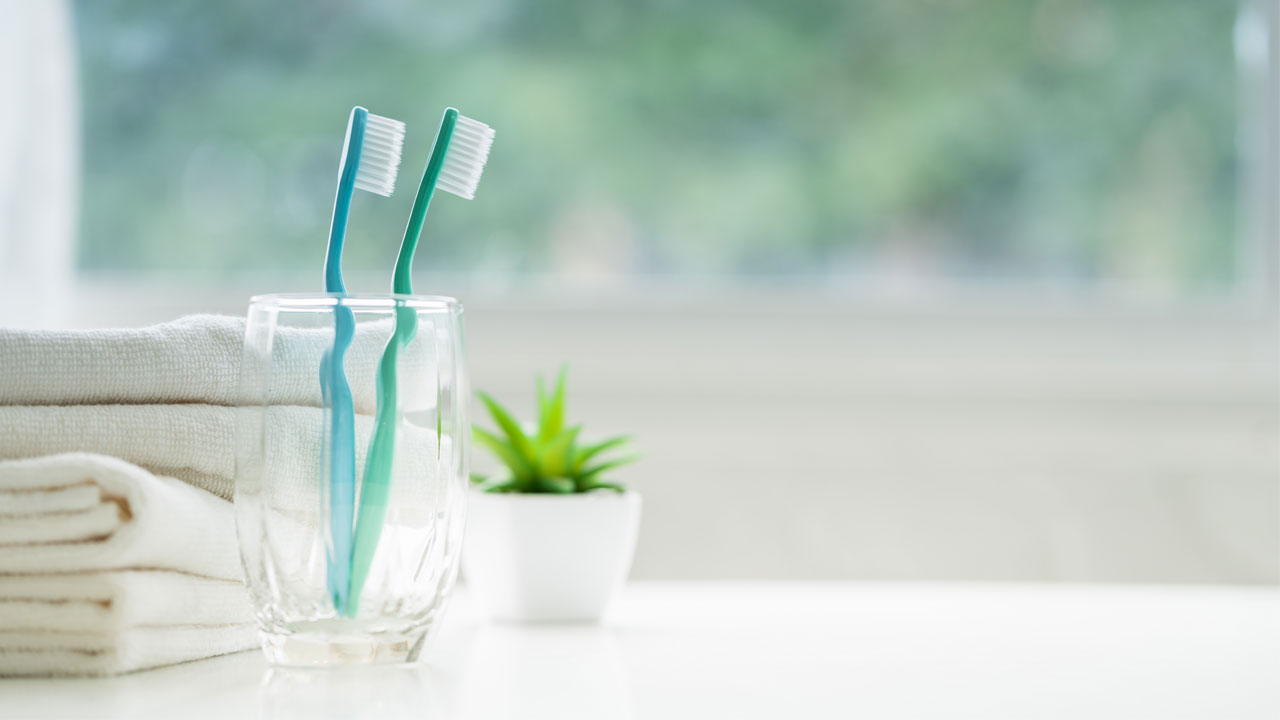5 Things You Didn’t Know About Your Toothbrush

We’ve all been taught as children to brush our teeth when we wake up and before we go to bed – and for good reason. Your toothbrush is what clears away bacteria, food particles and plaque, ensuring that your gums and teeth stay healthy for years to come.
Your toothbrush may be a simple tool, but it’s an important one. Whether you opt for a traditional plastic handheld toothbrush or an electric model, your toothbrush is a staple of your at-home oral hygiene routine. There’s a lot to be said about this basic tool – and plenty of fun facts that you might be surprised to learn about! See below for five things that you probably didn’t know about your toothbrush.
1. Toothbrushes have been around for centuries
The first toothbrush didn’t look anything like what we have today, but brushing teeth has been a hygiene staple for centuries. The Egyptians rubbed their mouths with “chew sticks,” which were small twigs with frayed ends. In China and Europe, chew sticks eventually evolved to include bristles made out of animal hair (such as wild boar and horse hair).
2. The first mass-produced toothbrush was made in prison
In the late 18th century, William Addis was charged with inciting a London riot and was put in jail. While there, he created a toothbrush with a handle made of bone and boar hair bristles. His toothbrush was a hit – he began mass-producing his design and died a wealthy entrepreneur. More than 200 years later, the company he founded still produces toothbrushes in the U.K., under the name Wisdom Toothbrushes.
3. World War II helped solidify toothbrushing habits
In an effort to keep soldiers overseas healthier for longer, the U.S. Army began instructing soldiers to brush their teeth as part of their training. This focus on oral health helped soldiers stave off tooth loss, periodontal disease, and respiratory sickness. Once they returned home, they brought their daily toothbrushing habits with them – and the rest is history!
4. Americans go through 1 billion toothbrushes each year
One billion toothbrushes is a huge number – but much of that is due to the short lifespan of each toothbrush. Dentists recommend switching out your toothbrush every three to four months to ensure that you are getting the best possible results. You may even need to replace your toothbrush sooner if the bristles are frayed or if you have recently been sick.
5. Toothbrushes can harbor “bad” bacteria
How do you store your toothbrush once you’re done? If you use a toothbrush case or a bag, it’s time to change your toothbrush storage. Both your mouth and your toothbrush are home to millions of bacteria strains – and while many of them are “good” bacteria, there are also “bad” bacteria strains to watch out for. Your toothbrush needs to dry out in the open air to ensure that the “bad” bacteria doesn’t grow and contribute to tooth decay or gum disease later on.
Ready for a new toothbrush? Hinsdale Dental can help!
Are you ready to replace your toothbrush? Do you know if soft, medium, or hard bristles will be best for your oral hygiene? Want to learn more about proper toothbrush storage? Let Hinsdale Dental help point you in the right direction! We’ll recommend our favorite kinds of toothbrushes to ensure that you are getting the most out of each and every toothbrush this year.
Return to Blog